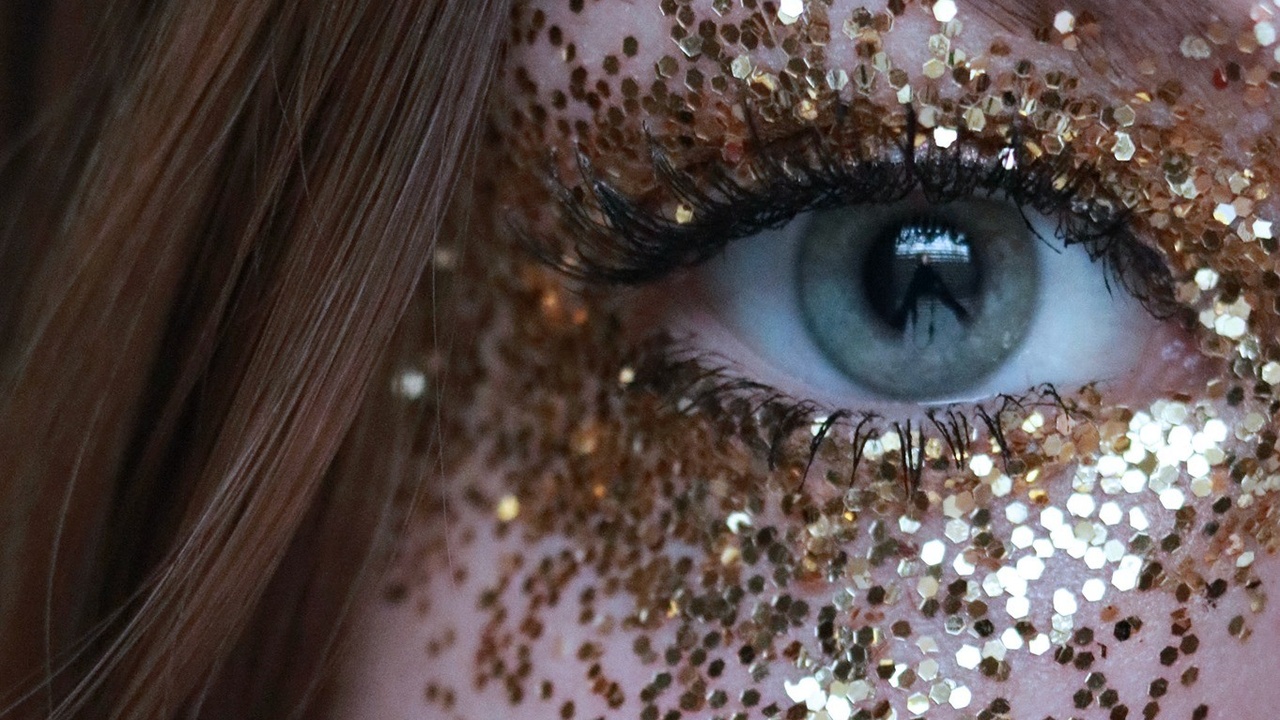I'm not looking at you.
Apr 22, 2021

I can’t tell you how concerning it is that we have such an incredibly uninformed requirement for autistic people to make eye contact.
When we understand autism as an identity and culture, we are able to reframe the way we understand eye contact and perhaps stop placing such importance on it.
Autism means that we are more often than not, singularly focused.
This can be applied to many areas, our interests, our focus and attention span, our executive functioning and most importantly, our sensory perception and integration.
What does this mean?
It means I can only apply one sense at a time.
If I need to listen, I will lean in and look to the floor.
If in a uni lecture, I will gaze around the room or fix my eyes on a spot.
My attention, however, is not on that spot or where my eyes are landing; my attention has gone inward and is creating a visual representation of what I’m hearing.
Imagination.
If I am asked to look into a person’s eyes, my ability to listen or focus is diminished.
My attention will be taken up with the discomfort associated with looking into someone’s soul, the millions of milli-moments and images and visual aspects of the eyes including their colour, shape, spots, and the dark line that outlines the colour outside of the pupil.
I will not hear what you are saying.
And, I will be grossly uncomfortable and end up with sensory overload.
Can I make eye contact?
Yeah, definitely.
When I’m comfortable with a person, when I can sense that their energy is safe, looking at eyes is less of an issue.
Last week, whilst sitting in an ophthalmology clinic, I realised something that has happened my entire life.
I spent three hours with a medical professional and left the building not having a clue what she looked like.
I managed to sit through a series of procedures, have a conversation and even laugh and I still walked away not knowing what she looked like because I didn’t once look at her; not even in the direction of her face.
When I don’t feel safe, there is a barrier; an invisible barrier between my energy and theirs, like the two opposite ends of magnets pushing away from one another.
There are so many cultures where eye contact is not expected and a lack of it is respected due to cultural sensitivity.
It’s time we accepted this in autistic culture as well.
Children in classrooms are consistently encouraged to make eye contact and then reprimanded for not having listened or acting up as the result of sensory overload.
Sometimes, we can’t win.
We are autistic people.
We are not allistic (non-autistic) people with a side of autism that can be treated and/or cured.
Our brains are not wired the same way as others and this is important.
I don’t need to look at you to hear you.
- KF